Rise of E-commerce
E-commerce is reshaping the packaging material market in Germany. With online shopping becoming increasingly popular, there is a growing need for packaging solutions that ensure product safety during transit. E-commerce businesses are seeking materials that are lightweight yet durable, to minimize shipping costs while protecting products. This trend has led to an increase in demand for protective packaging solutions, such as bubble wrap and corrugated boxes. Market analysts estimate that the e-commerce sector will continue to expand, contributing to a projected growth of 6% in the packaging material market over the next few years. Companies that can provide innovative and efficient packaging solutions are likely to thrive in this evolving landscape.
Technological Advancements
Technological advancements are playing a crucial role in shaping the packaging material market in Germany. Innovations in materials science, such as the development of biodegradable plastics and smart packaging solutions, are gaining traction. These technologies not only enhance product shelf life but also cater to the growing consumer demand for sustainable options. The integration of automation and digital printing technologies is also streamlining production processes, reducing costs, and improving efficiency. As a result, the market is expected to witness a growth rate of around 5% annually, as companies leverage these advancements to meet consumer expectations and regulatory demands in the packaging material market.
Regulatory Compliance Pressure
The packaging material market in Germany is currently experiencing heightened pressure due to stringent regulatory compliance requirements. The German government has implemented various laws aimed at reducing waste and promoting recycling, which directly impacts packaging materials. For instance, the Packaging Act mandates that manufacturers ensure their packaging is recyclable or reusable. This has led to a shift in the industry, with companies investing in sustainable materials and innovative designs. As a result, the market is projected to grow at a CAGR of approximately 4.5% over the next five years, driven by the need for compliance with these regulations. Companies that adapt to these changes are likely to gain a competitive edge in the packaging material market.
Consumer Demand for Convenience
Consumer demand for convenience is significantly influencing the packaging material market in Germany. As lifestyles become increasingly fast-paced, there is a growing preference for packaging that offers ease of use, portability, and functionality. This trend is particularly evident in sectors such as food and beverage, where ready-to-eat meals and single-serve packaging are on the rise. According to recent studies, approximately 60% of consumers prioritize convenience when making purchasing decisions. Consequently, manufacturers are adapting their packaging strategies to cater to this demand, leading to an increase in innovative designs and materials. This shift is likely to propel the growth of the packaging material market, with an anticipated annual growth rate of 3.8%.
Shift Towards Eco-friendly Materials
The shift towards eco-friendly materials is a defining driver in the packaging material market in Germany. As consumers become more environmentally conscious, there is a marked increase in demand for packaging solutions that minimize environmental impact. This trend is prompting manufacturers to explore alternatives to traditional plastics, such as plant-based materials and recycled content. Recent surveys indicate that over 70% of consumers are willing to pay a premium for sustainable packaging options. This consumer behavior is influencing companies to invest in research and development of eco-friendly materials, which is expected to drive growth in the packaging material market by approximately 4% annually. The emphasis on sustainability is likely to reshape the competitive landscape, favoring those who prioritize eco-friendly practices.




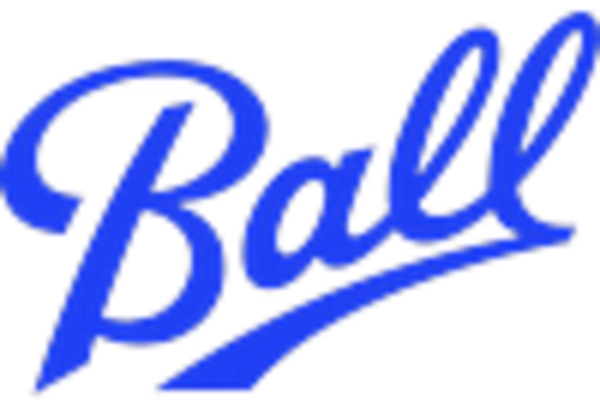
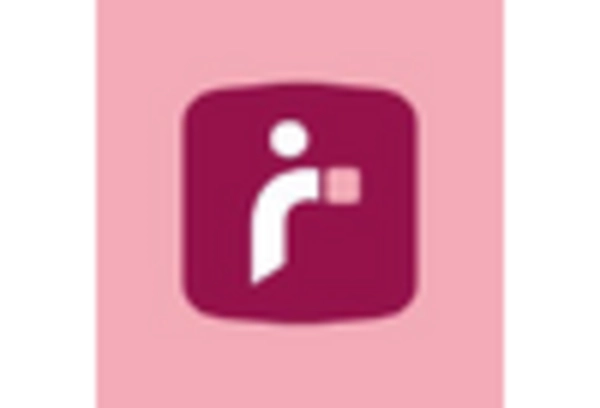
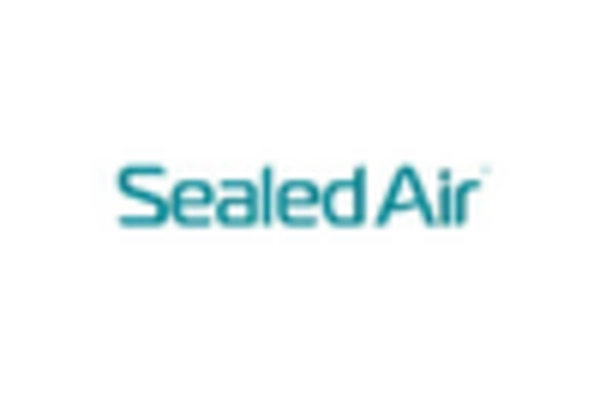
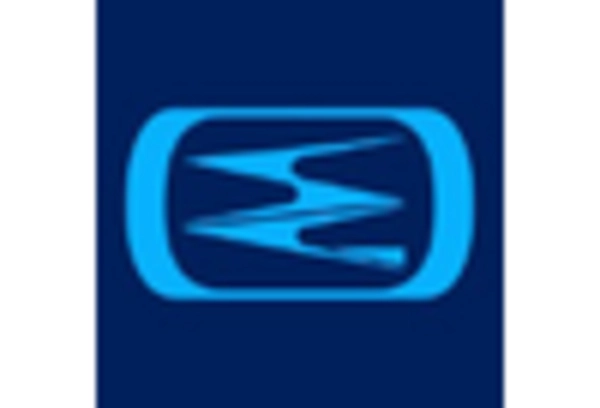
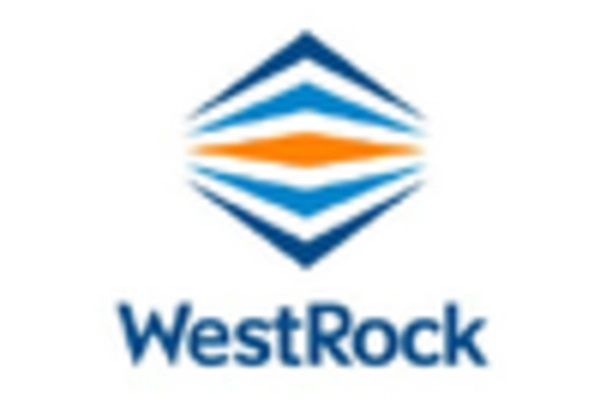








Leave a Comment